Sunrise on the Mekong is full of life an full of color. Even before the sun rose over the bridge over the Mekong River at Kampong Cham Cambodia, the fishermen were out in their tiny boats.
December 8th, 2014, 6:17am.
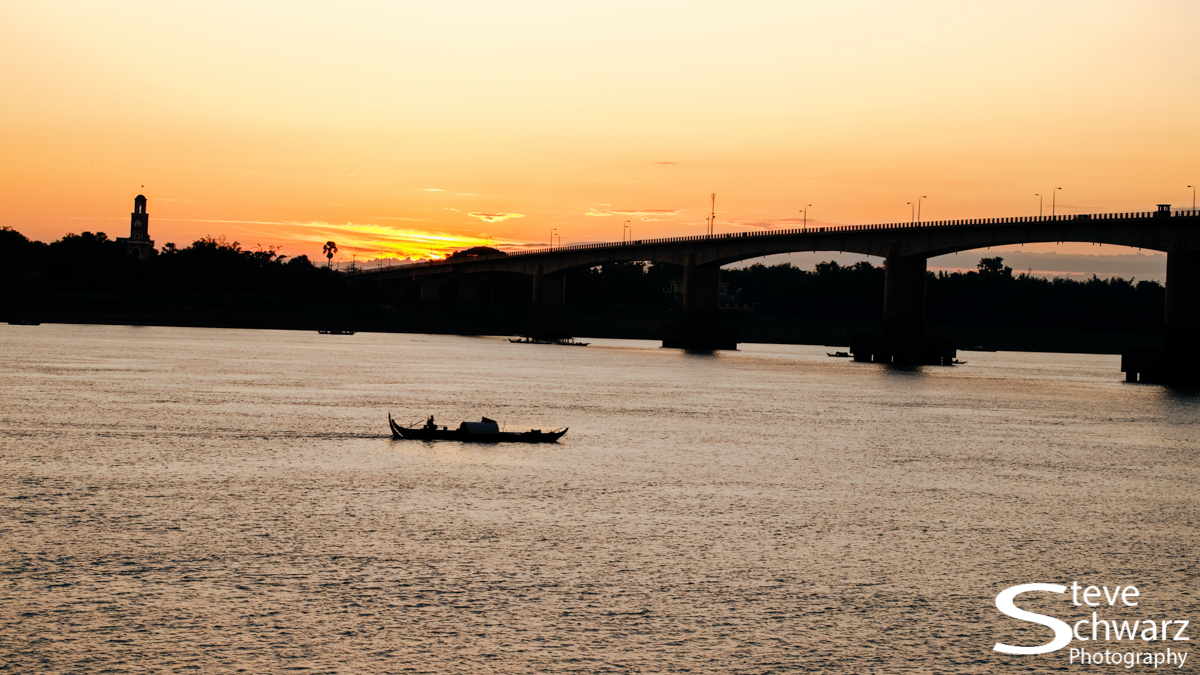
Sunrise on the Mekong is full of life an full of color. Even before the sun rose over the bridge over the Mekong River at Kampong Cham Cambodia, the fishermen were out in their tiny boats.
December 8th, 2014, 6:17am.
Welcome to a blog post about my experiences with a Fujifilm X-Pro1 and X-E1 and X-mount lenses while traveling through 10 countries between September 2014 and July 2015. This is not a hands-on review – there are already tons of reviews online, and, both the X-Pro1 and X-E1 have already been replaced by the X-Pro2 and X-E2 respectively.
For the past 10 or so years, I have been a hard core Nikon gear user – with two full frame DSLR’s (D-700’s) and a range of lenses from ultra wide angle to 400mm. From experience, I always travel with a 3 to 5 lenses (or more) and when on extended travel, or to challenging environmental conditions – I always bring two cameras; one as a backup in case one is dropped, or malfunctions, and also the flexibility of a wide angle lens on one camera and a telephoto lens on the other camera. A year off work to travel changed all that. The size and weight of even one DSLR and a range of lenses was too much, even carrying a single D700 with a 50mm lens is bulky and heavy – and does not allow the creativity of different lenses, or a second camera. There was simply no way that I could carry my normal camera gear for 10 months international travel. Bottom line – I needed a smaller and lighter camera with near SLR capability.
Approximately 8 months before the start of my year off work, I started to look really closely at the developments in mirror-less technology.
My basic criteria included:
1) Small size and light weight. I don’t want to look like a pro photographer with a couple of DSLR’s dangling from my neck. My goal was to be able to carry all my camera gear in a non-descript messenger bag.
2) Ability for inter-changeable lenses.
3) I needed a system that would provide excellent image quality.
After a lot of research at mirror-less system Olympus, Sony, and Fujifilm, I settled on the Fujifilm. At the time, the Fujifilm choices were between the X-Pro1 and the X-E1. I bought an X-Pro1 for the electronic and optical viewfinder, and since I did not have previous experience with electronic-type viewfinder. The X-Pro1 with the large buttons and dials has the look of a vintage rangefinder film camera. Still wanting a second camera as a backup – the other logical choices was the X-E1. The X-E1 is smaller and lighter than the X-Pro1 and doesn’t have the optical viewfinder. Both cameras use the same “X-Trans” CMOS sensor – so image quality is identical. The two cameras do have slightly different ergonomics – with practice I would learn how to automatically adjust the buttons and dials on each without removing my eye from the viewfinder.
With the X-Pro1, and X-E1 my lenses included the XF 14mm, XF 18-55mm, and XF 55-200mm, which all fit easily into my Timbuktoo shoulder bag. All this gear (camera and lenses) was less bulk, and weighed significantly less than my Nikon D700 with a 17-35mm land and 70-200 VR1 lens.
During the 10 months of travel, we experienced high humidity in Thailand and Cambodia, dusty and hot conditions in Western Australia, experienced cold temperatures on the mountains of Nepal, were blasted by sand storms in Dubai, snowed on in Turkey, and chilled on the damp beaches of Normandy (France), and in Holland. The X-Pro1 and X-E1 and my and X-mount lenses performed without problem – mostly. The X-E1 had a hate relationship with the XF 14mm, the rear LCD screen would flicker and then the camera would lock up. Only after pulling out the battery would the camera cooperate – until you pressed the shutter – and then it would lock up again. I didn’t have any problems with any other lenses. Mysteriously, the problem was “cured” after dropping the camera on the street. The X-E1 worked fine (even with the XF 14mm lens), though the XF 18-55mm lens didn’t fare so well (it has since been repaired by Fuji Canada).
Now, almost 15 months after starting the year-long journey and nearly two and half years since I bought them, both the X-Pro1 and X-E1 are showing signs of wear and tear. There are small dents, and in some areas the black paint is worn off. There are a couple of flakes of dust on the sensor, even some inside the lenses – nothing major. The cameras and lenses are still working well. During the travels, they were not ‘babied’ – simply dropped into the messenger bag, lens caps were never used, and even at times, the lenses were changed in less than ideal conditions. I have taken tens of thousands of images X-Pro1 and X-E1, and by now can speak comfortably about the positives and negatives.
Like most cameras, the X-Pro1 and X-E1 do have little quirks that could be annoying. My only major negative comment is the slow focusing. Actually, focus speed sucks. Do remember that focus speed has been significantly improved in X-Pro2 and X-E2.
Other quirks are the all-too-easily turned exposure compensation dial, and the fly-by wire Fuji XF lenses that do not remain set to a specific focus distance after the camera has been turned off and back on again.
So – will I sell my DSLR camera gear ?
The Fuji X-Pro1 and X-E1 are unique cameras, and not necessarily for everyone.
There are some things that the Fuji X-Pro1 and X-E1 simply do not do well. As any artist knows, it is a matter of using the right tool for the job. Photographing things that move quickly; children, wildlife or trains – are easy with a large DSLR, and is a challenge for the X-Pro1 and X-E1. The X-Pro1 and X-E1 are great for static subjects, or where you need a lightweight and more discreet camera for street and travel photography. Back at home, I can use my X-Pro1 and X-E1 for studio work, with my (for Nikon) Pocketwizard Mini TT1 and Flex TT5 controllers.
Finally, my experience is biased, since I have not yet tested the newer X-Pro2, X-E2 or the X-T1.
I am visiting Ottawa for a couple of days. I feel bit like a spy – Wait don’t call the RCMP just yet !. What ever you do – Don’t call me Igor Gouzenko. It is actually just my camera gear I am using – a couple of Russian camera lenses on my Fujifilm X-Pro1 and X-E1.
Yes, Fuji does make some really awesome lenses for their X-Series cameras including the ones that I own; Fujinon XF 14mm f/2.8 R, Fujinon XF 18-55mm f/2.8-4 OIS, Fujifilm Fujinon XF 35mm f/1.4 R Super EBC, and the XF 55–200 mm f/3.5–4.8.
For this trip, I am going nostalgic. I grew up in Ottawa, and lived there for many years. This short visit is also somewhat nostalgic, in that I am vising many of my old favorite places. Back when I lived here, I used manual focus lenses (autofucus was still in its infancy), so going manual focus for this trip isn’t out of line.
So – on my Fuji X-Pro, and Fuji X-E1 I have a L39-FX adapter for the Industar 55mm f/2.8 N-61 lens, and a M42-FX adapter for the Industar 50-2 f/3.5 50mm, and Helios-44-2 58 f/2.0 lens. Oh – I know what you are thinking – Why not stick with the Awesome Fuji lenses ! – They are small, light and Autofocus !.
The old Russian lenses are fun to play with, they are cheap, and they are not optically perfect. There are imperfections in the glass that give the lenses a unique look. It is also so much fun to just play ;>
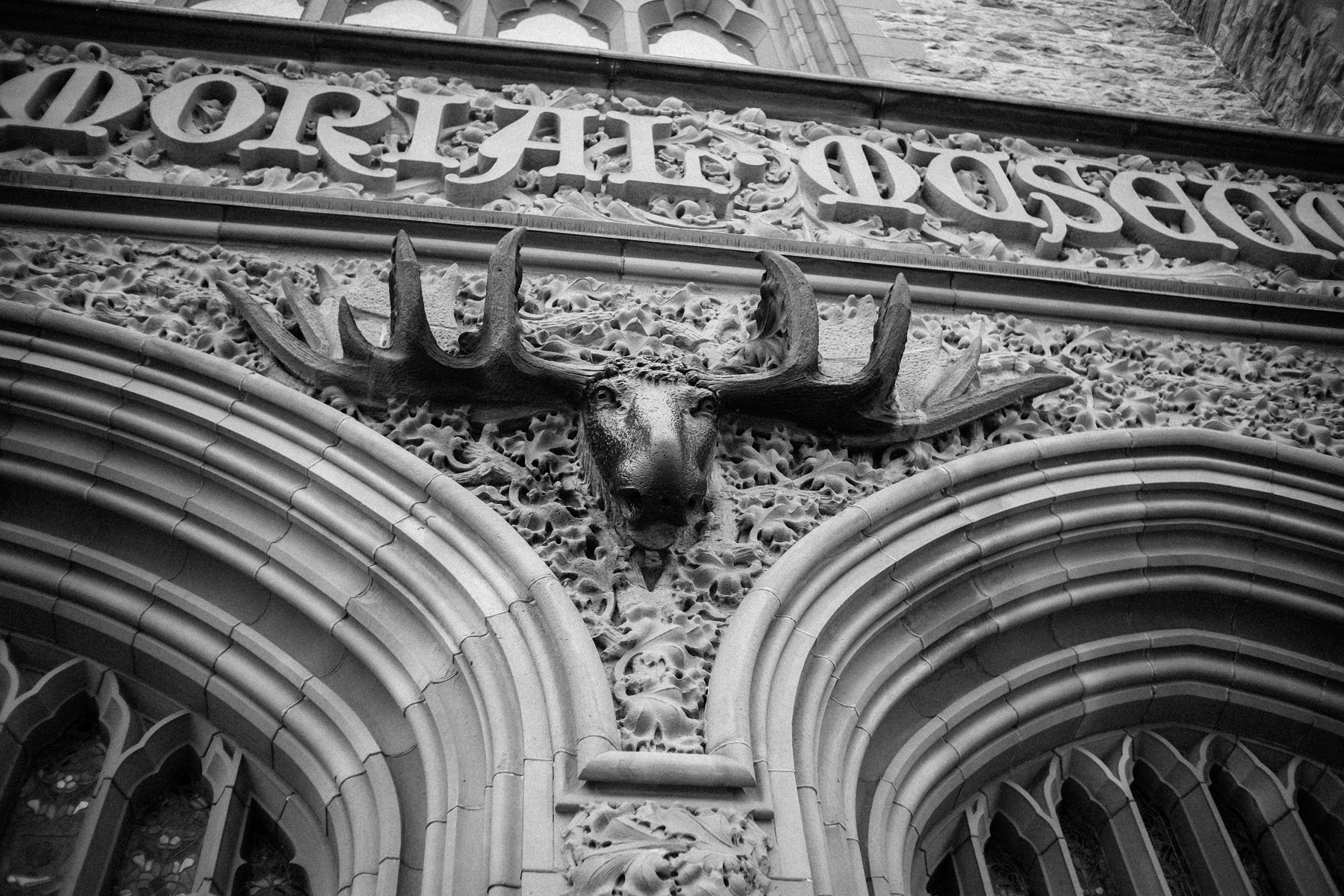 Industar 50-2 f/3.5 on Fujifilm X-E1
Industar 50-2 f/3.5 on Fujifilm X-E1
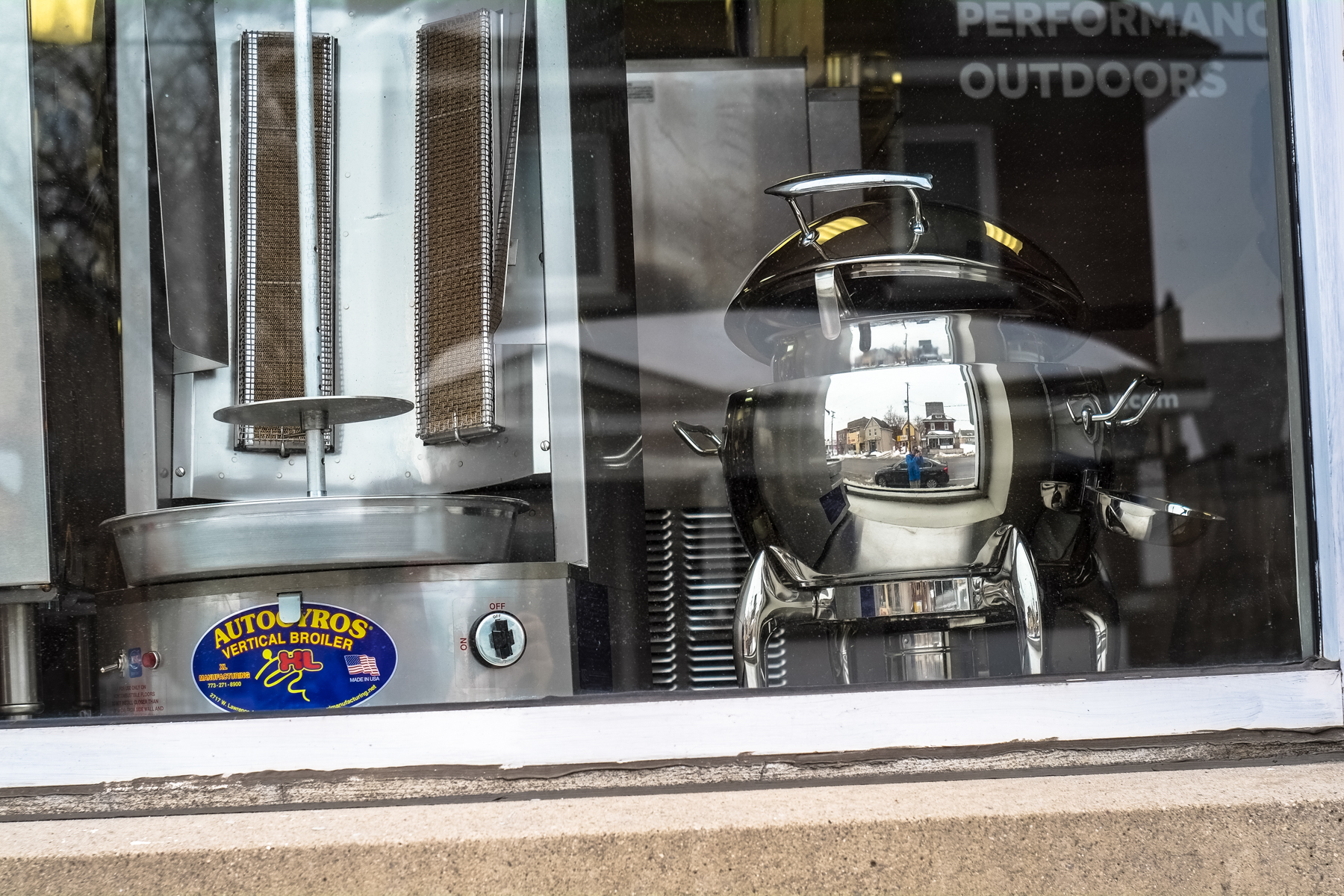 Industar 55mm f/2.8 on Fujifilm X-Pro1
Industar 55mm f/2.8 on Fujifilm X-Pro1
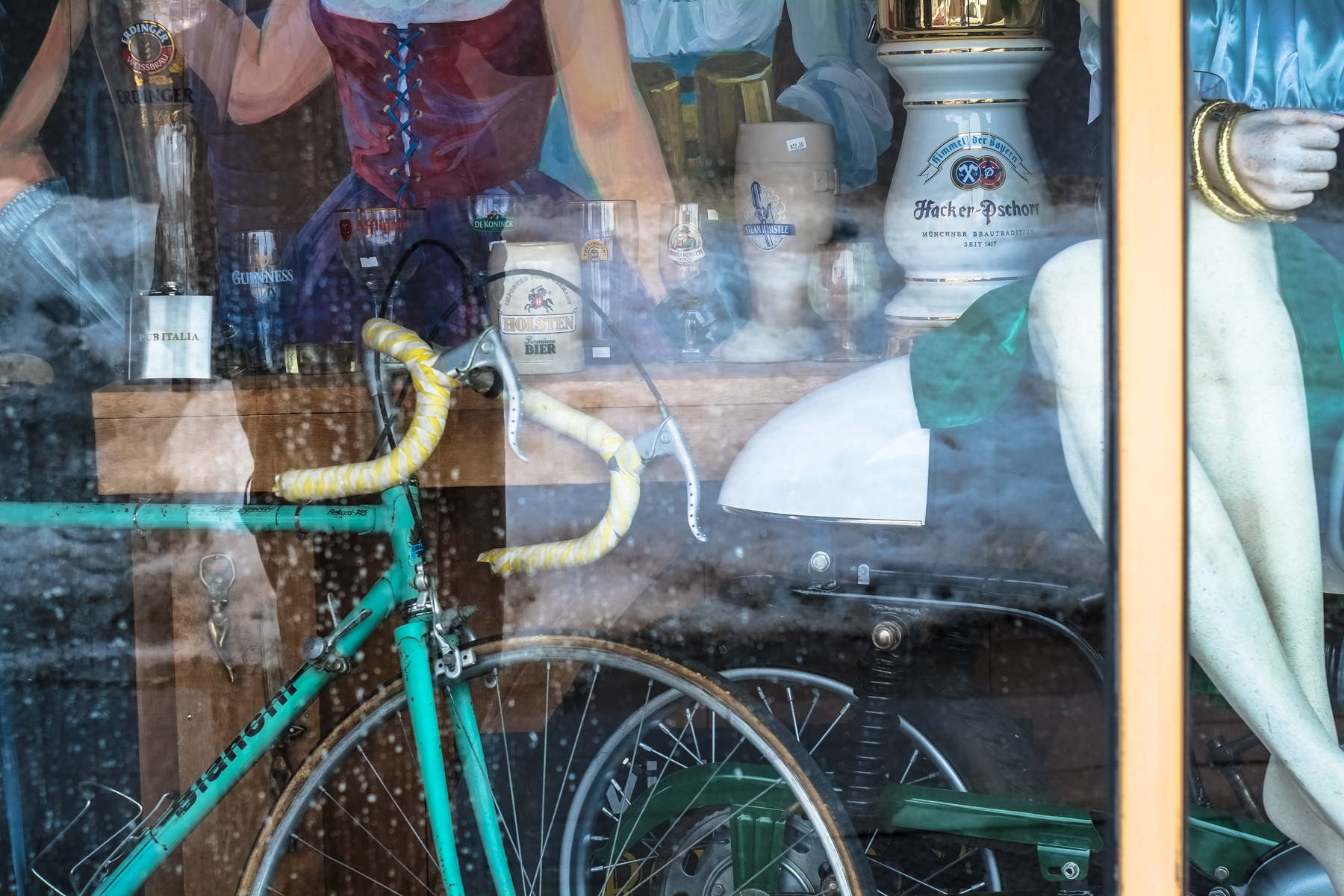 Industar 55mm f/2.8 on Fujifilm X-Pro1
Industar 55mm f/2.8 on Fujifilm X-Pro1
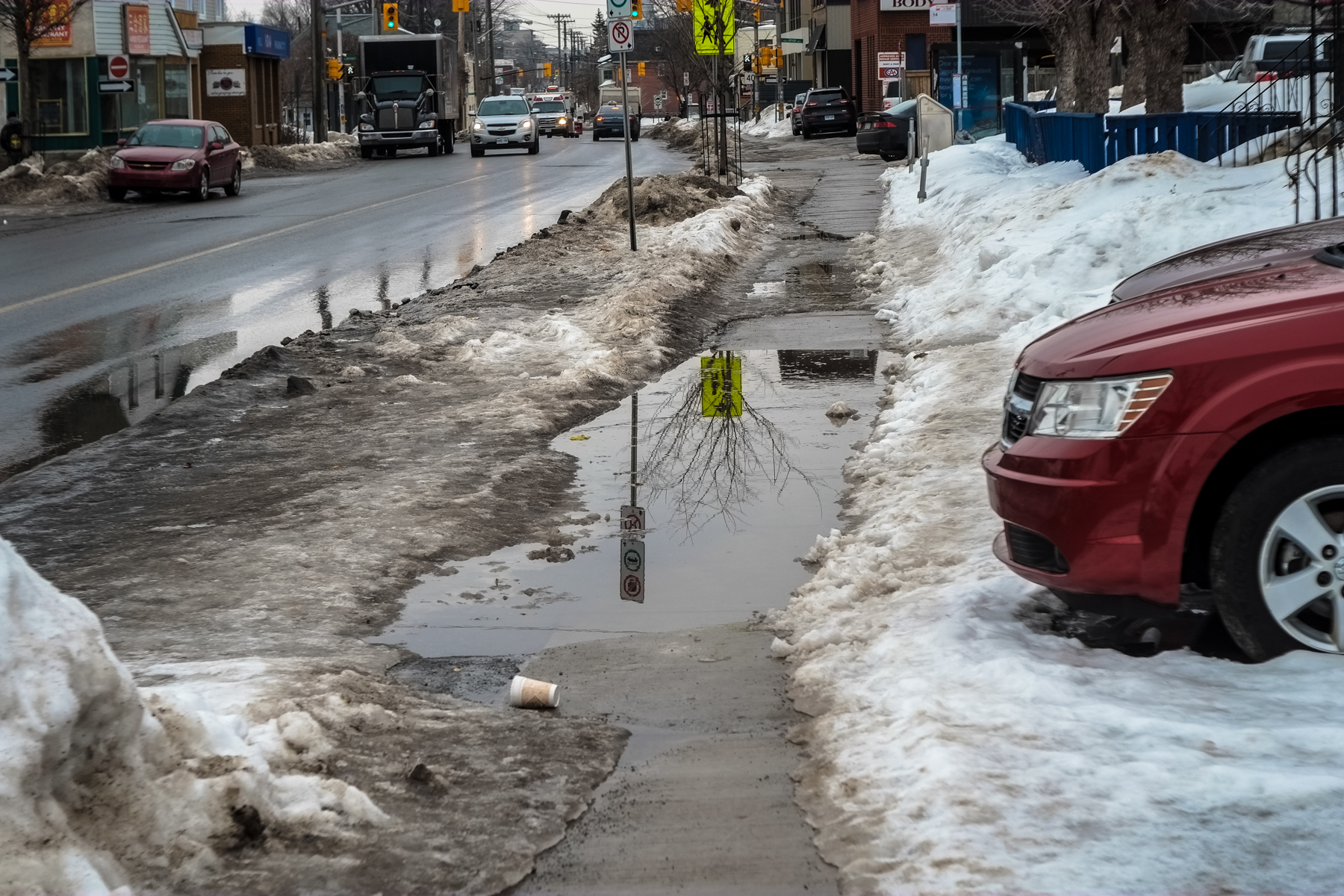 Industar 50-2 f/3.5, on Fujifilm X-E1
Industar 50-2 f/3.5, on Fujifilm X-E1
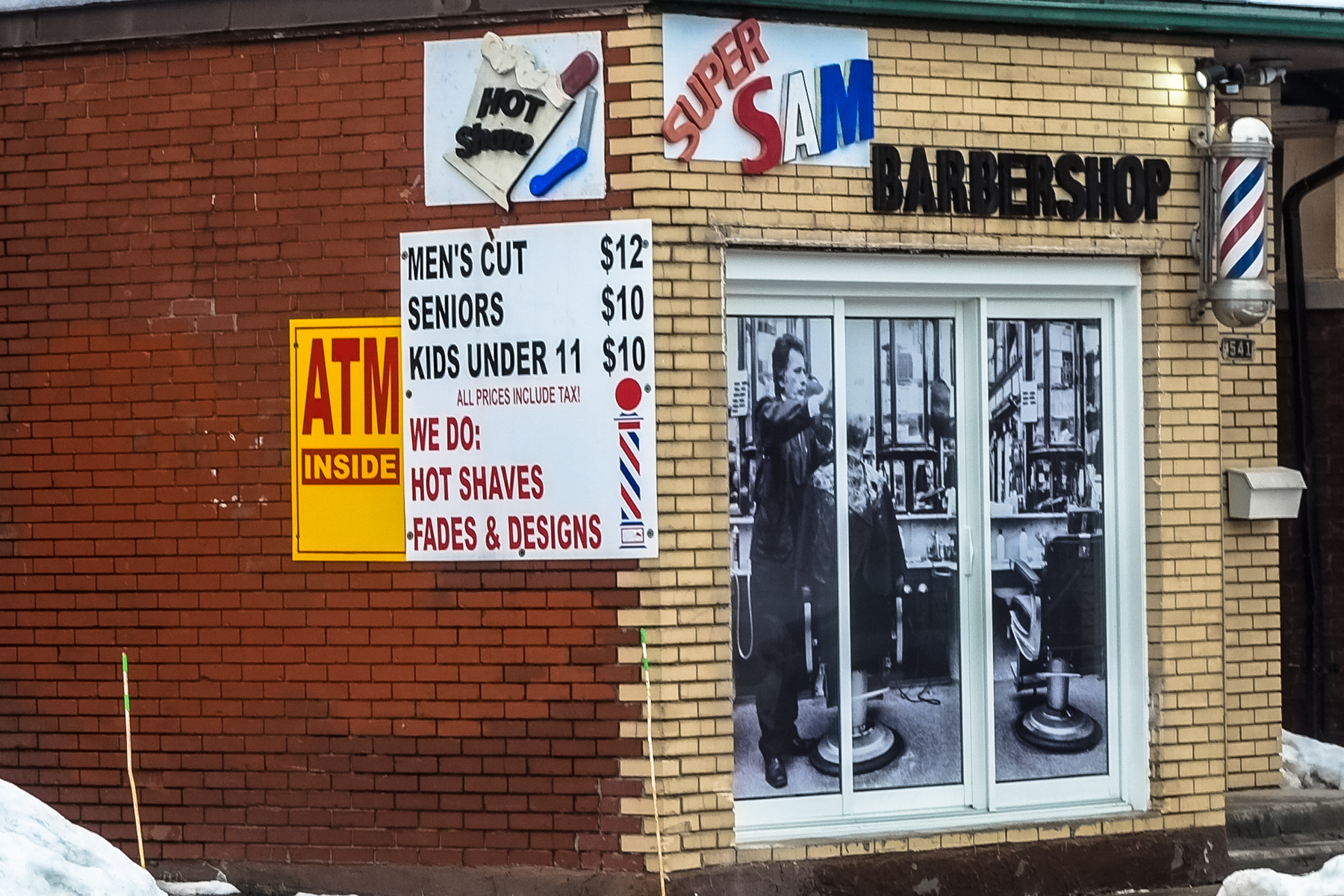 Industar 50-2 f/3.5 on Fujifilm X-E1
Industar 50-2 f/3.5 on Fujifilm X-E1
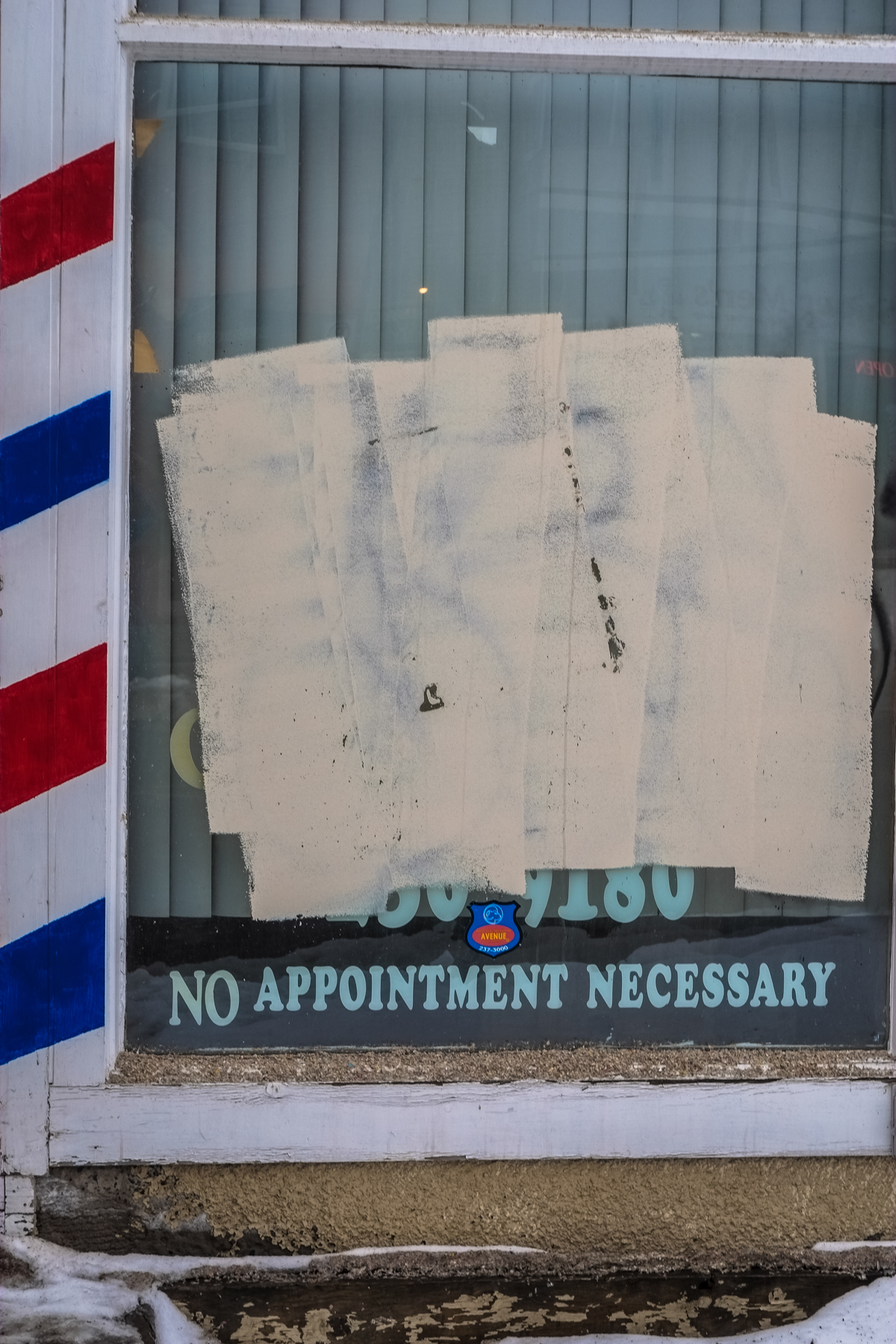 Industar 50-2 f/3.5 on Fujifilm X-E1
Industar 50-2 f/3.5 on Fujifilm X-E1
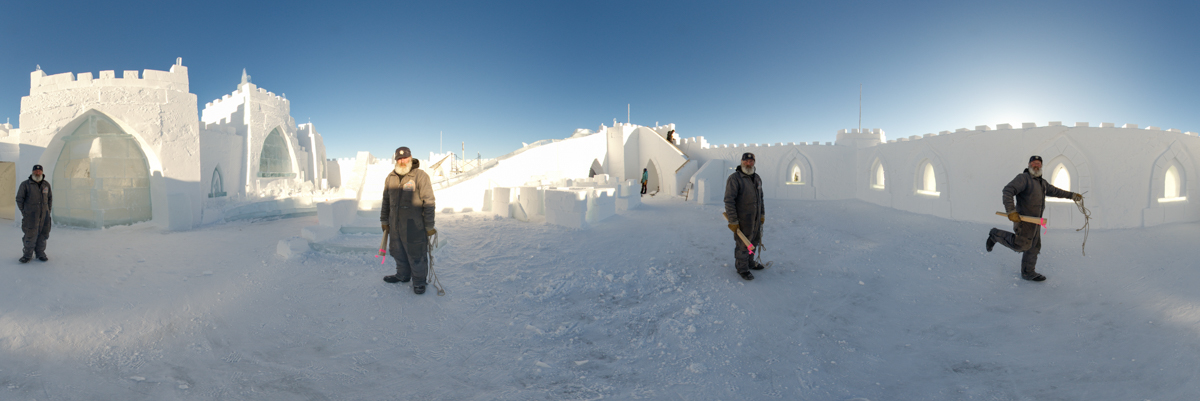
March 1, 2016 – The Grand opening of the 2016 Snowking Winter Festival XXI. Check out the official Snowking Winter Festival webpage ….http://snowking.ca/
These are a couple of sneak peak images and panoramas from inside the castle and from the roof.
To view the 360 degree animation. Click Here. Use your mouse or swipe the screen to look around. This requires the QuickTime Player. Click the icon on the upper right corner of the animation to get a full view. Depending on network speed, the image may take a moment to load.
To view the 360 degree animation. Click Here. Use your mouse or swipe the screen to look around. This requires the QuickTime Player. Click the icon on the upper right corner of the animation to get a full view. Depending on network speed, the image may take a moment to load.
To view the 360 degree animation. Click Here. Use your mouse or swipe the screen to look around. This requires the QuickTime Player. Click the icon on the upper right corner of the animation to get a full view. Depending on network speed, the image may take a moment to load.
Have a look around inside the 2016 Snowking Castle – it is almost Done !
To view the 360 degree animation. Click Here. Use your mouse or swipe the screen to look around. This requires the QuickTime Player. Click the icon on the upper right corner of the animation to get a full view. Depending on network speed, the image may take a moment to load.

This is a quick n’dirty post – just to see if I can still remember how to photograph, generate and post 360 virtual reality panoramas.
Seems fitting in a way – as I haven’t done this in two years, and this image is of the yet to be completed snow castle for the 2016 Snowking Winter Festival in Yellowknife.
To view the 360 degree animation. Click Here. Use your mouse or swipe the screen to look around. This requires the QuickTime Player. Click the icon on the upper right corner of the animation to get a full view. Depending on network speed, the image may take a moment to load.
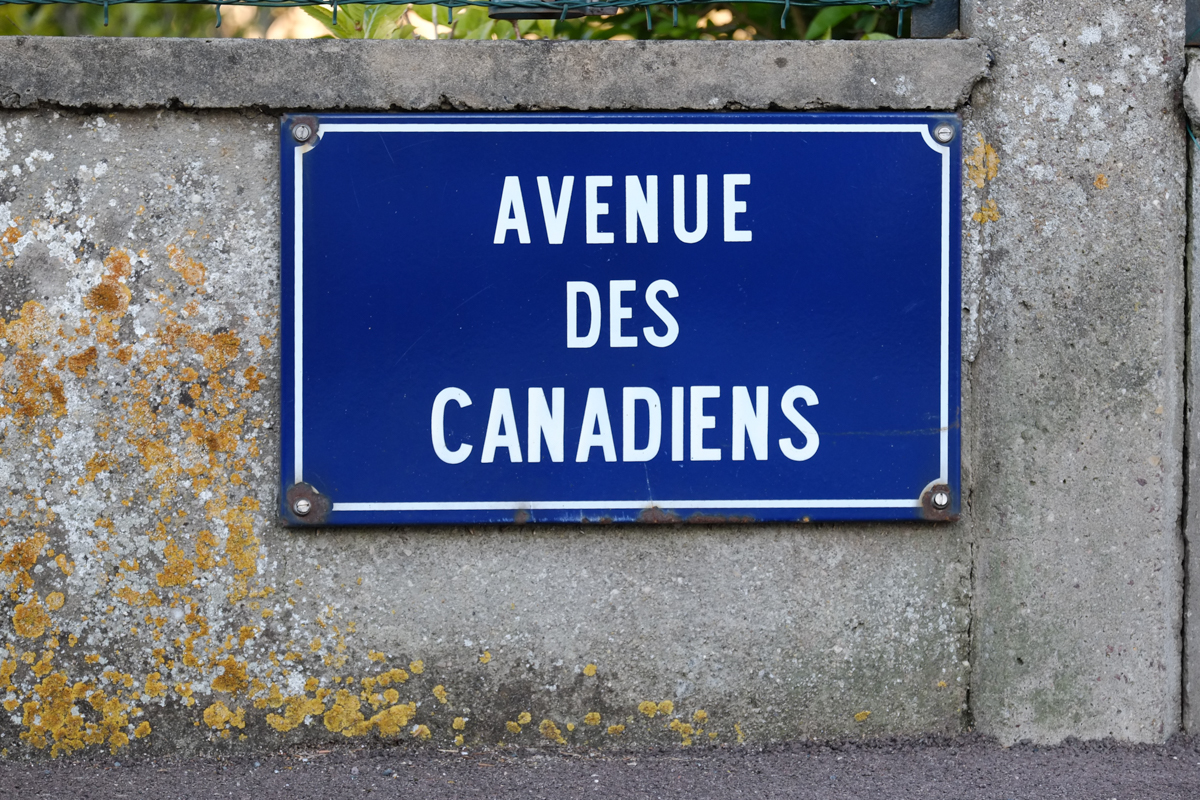
Seventy one years after that fateful day it is hard to imagine what happened here.
To my left, there is a large house-size concrete box, it is tipped almost on it’s side.
Behind it is a building with several Canadian flags, and the village of Courseulles-sur-Mer.
In the village, there is a small monument, and a World War 2 vintage Canadian Tank.
Years ago this beach was called called Juno Beach.
I walk across the beach towards the ocean.
The sand is soft, with patterns sculpted by the tides.
I walk quietly over the sand, the silence broken only by the
soft crunching of sea shells under by shoes.
Seventy one years ago, there were many, many more sounds on this beach.
Sounds of gunfire, sounds of explosions, sounds of pain and the silent sound of death.
On that fateful day seventy one years ago,
Canadian Soldiers disembarked from small thinly armoured ships.
There was no shelter, no place to hide.
The Germans were well prepared and well defended, with large cannons inside the concrete boxes, machine guns, minefields and beach obstacles.
Many of these small ships were blown to pieces by the German guns
that were inside the large concrete boxes.
Other ships were blown to pieces after hitting explosives buried in the sand.
Some ships carried armoured tanks with canons to destroy the german guns.
Many of these tanks were destroyed by the German guns.
For the Canadian Soldiers that arrived on that beach on June 6th, 1944 –
It was Hell.
This is a piece of twisted and rusted metal that I found on the beach.
Was it a piece of one of those small thinly armoured ships that brought the Canadian Soldiers to the beach?, or was it a piece of a destroyed German cannon ?
Without specialized testing of its metallic properties – we will never know.
The jagged edges and bent shape of this small piece of metal are a silent witness of what happened on that fateful day seventy one years ago.
Hundreds of Canadian Soldiers died on this very beach, on fateful day, and hundreds more before the war was over.
This small piece of rusty jagged metal is my piece of Remembrance of all those Canadian soldiers that came ashore on this very beach and also all the other soldiers, sailors and airmen from from Canada, United Kingdom, US, Australia, Belgium, Czechoslovakia, France, Greece, the Netherlands, New Zealand, Norway and Poland that participated in D-day and liberated Europe.
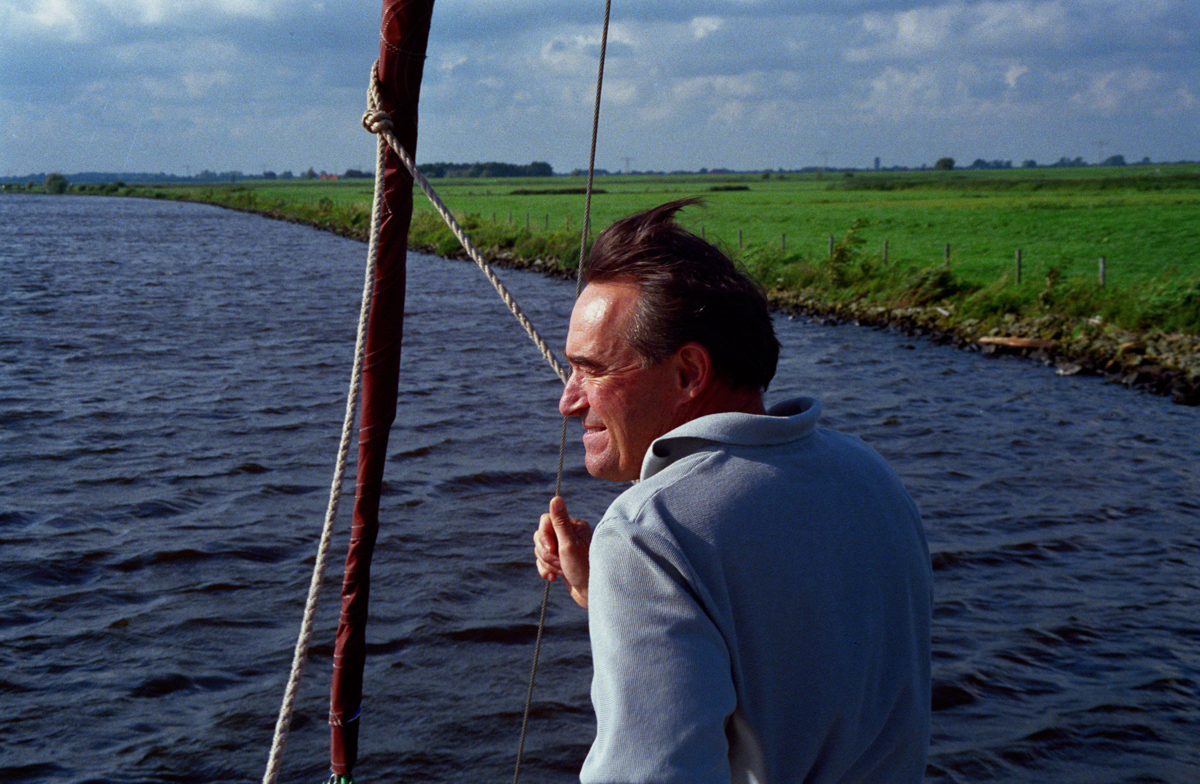
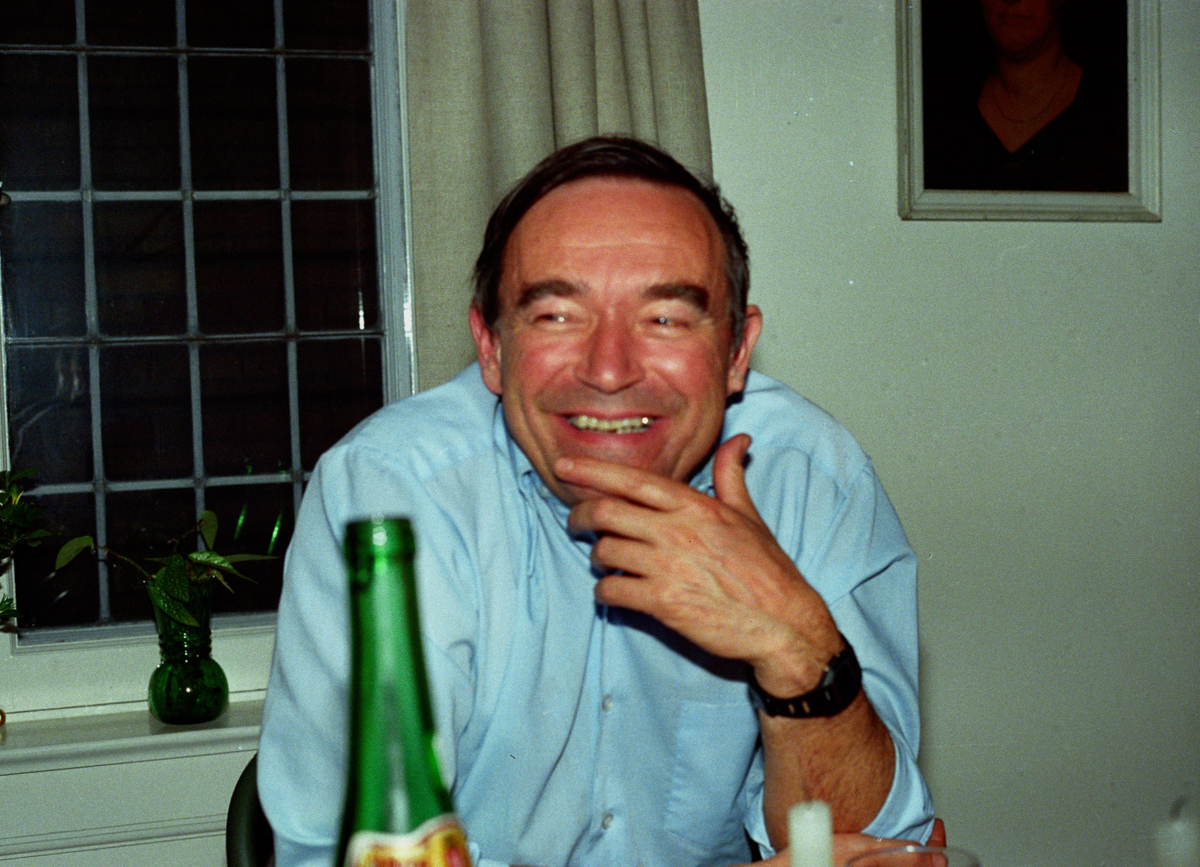

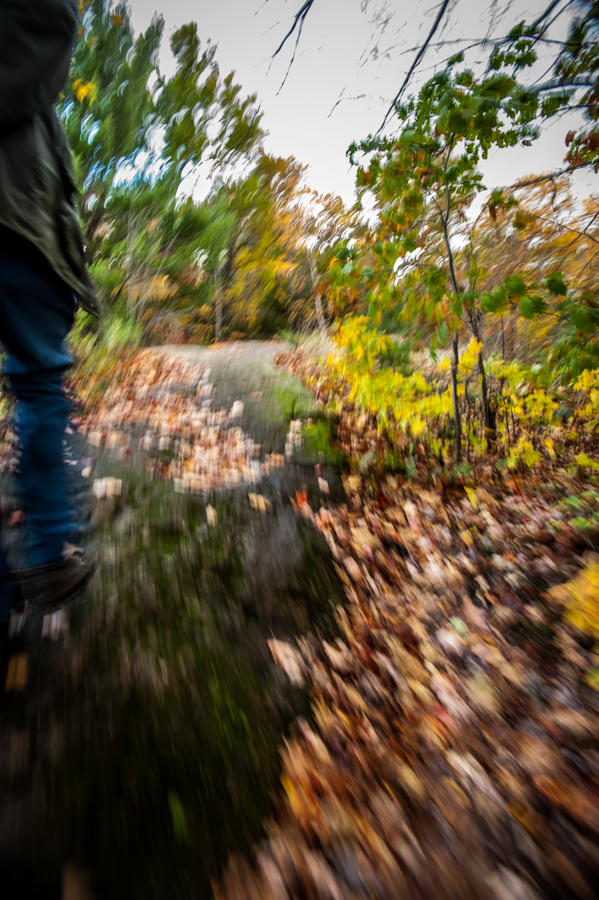
“It’s a blur”. It is unfortunate isn’t it that we always have something to do, somewhere to be, someone to meet, or something (else) to see. Life is a never ending list of …something. This photo taken on one of my favorite hikes in the Gatineau Park (Quebec) is a sad result of a mind filled with something else; the beauty of the park is simply a blur.
Slow down…appreciate the beauty before you. Even better – STOP and take it all in. Feel the wind on your face, rain in your hair, and the fresh air in your lungs…
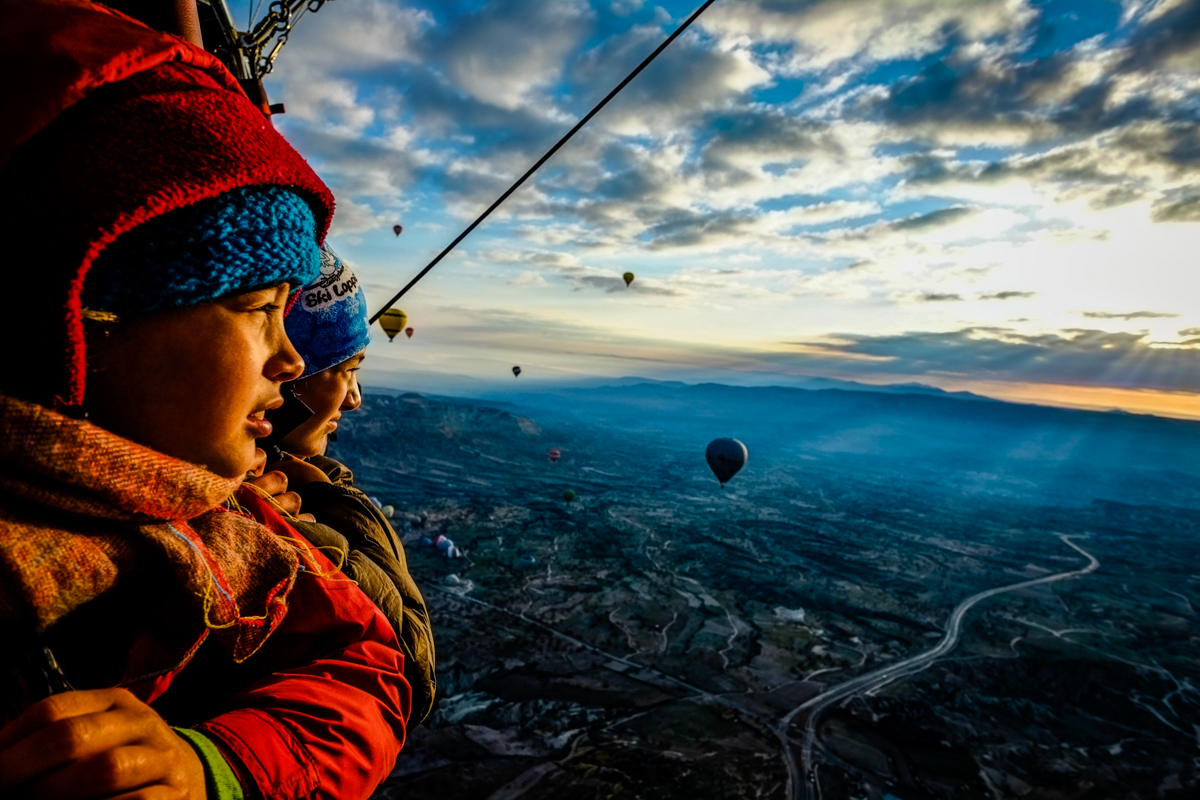
After traveling around the world for 10 months – I am still asked “Where would you rather be ?”
I am always struck by the question …where…where…Where would you rather be ?. It assumes that I want to be somewhere else !.
I have been back for nearly three weeks, and have returned to work for nearly three weeks. The question “Where would you rather be ?” rings clearly in my mind.
Frankly – Yes, I would rather be somewhere else, but until today – I did not know where. There has been a lot going in my person life, along with a return to work (sitting quietly in a cubicle for 6 hours a day). Yes, it is hard.
The question “Where would you rather be ?” rings clearly in my mind.
After a brief hiatus, I have again picked up my camera. I still post the odd photo on Facebook, Flickr or Twitter. For the most part, they are simply a picture of random subjects, or something that I know people will like. Most folks love photos of the northern lights, sunrise and sunsets.
Again, the question “Where would you rather be ?” rings clearly in my mind. Physically, I am here, but I am not. It is obvious that my mind isn’t really here. To me, the photos that I have been posting as the easy ones – pictures that do not require an explanation. I was recently at a photography exhibit – the concept was unique, and photos were all technically (focus, lighting, and composition etc) were perfect. I found myself staring at the photo – of naked young women with an animal skull in front of their faces. I wasn’t intentionally staring at their naked bodies, more that I was thinking about the photos. In my mind, they were a picture that would attract attention – similar to a photo of northern lights, a sunrise or a sunset. There was no explanation. Why did the photographer use a very skinny model, instead of a more rounded model, What was the photographer trying to represent with these naked images of the young women ?. In a blank stare, I continue to look at the photos.
Again, the question “Where would you rather be ?” rings clearly in my mind.
I am here, looking at these naked images but obviously my mind is somewhere else.
Some of the photos that I have taken since arrive back in Yellowknife are the easy photos, and the more significant photos need an explanation. Without context or explanation – they would simply be a photo with no depth, no reason, and seemingly – no thought. I have yet to post these photos, or transcribe the scribbles from my notebook to a computer.
The next time, someone asks “Where would you rather be ?” – I now know, where I would rather be. Simply – would rather be in a place where I would not need to add those explanations – where it could be done verbally, siting with friends – over beers or around a campfire. It simply wold not be appropriate to add the explanations to a blog post.
Yes – “Where would you rather be ?” now has an answer.